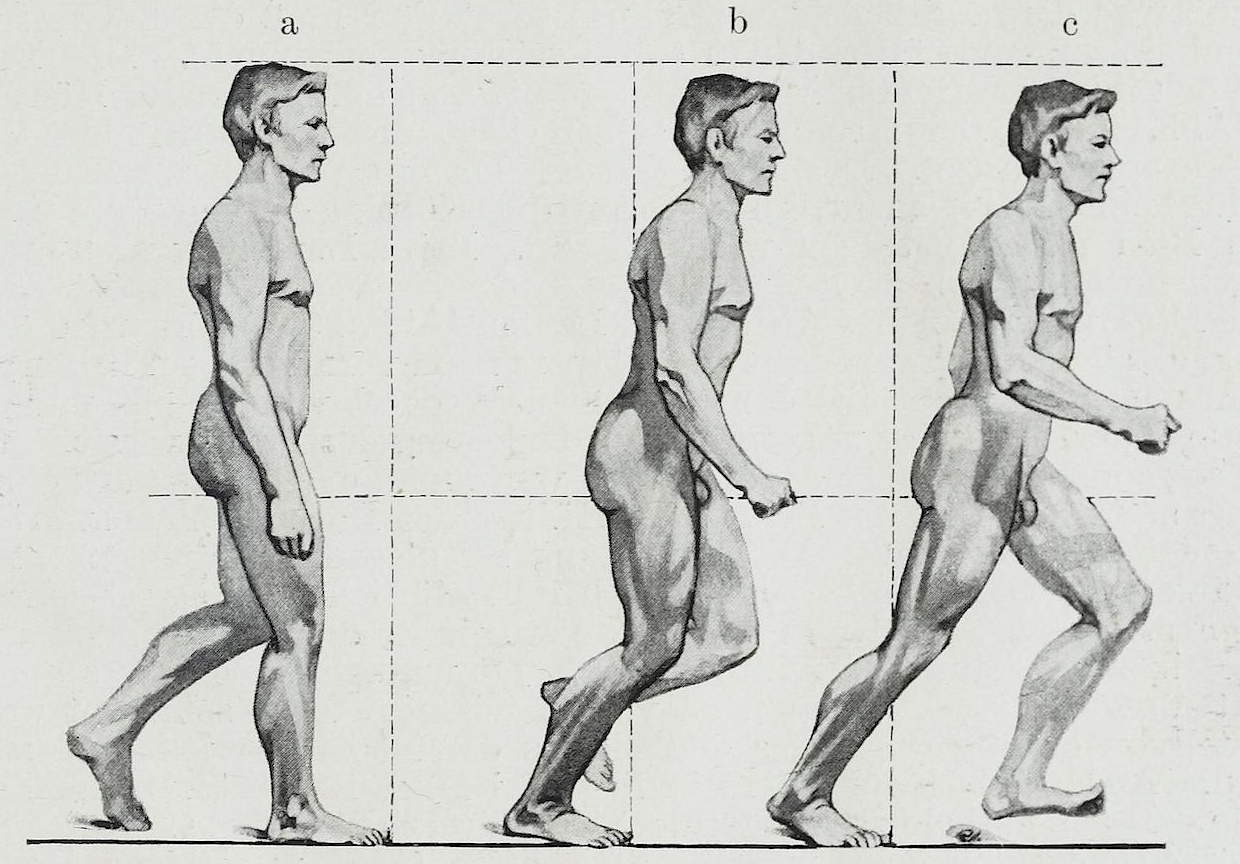In my relentless pursuit of optimal physical fitness and injury prevention, I’ve learned the hard way about the importance of targeting specific muscle groups that are often overlooked in traditional training regimens. As a passionate and dedicated runner, I’ve experienced firsthand the consequences of neglecting certain muscle groups. My journey sheds light on the significance of focusing on the often-neglected hip muscles, specifically the hip abductors and flexors, to prevent injuries and maintain peak lower body health.
The Neglected Muscles: In the world of running, it’s all too common to become one-dimensional in our training, focusing primarily on building strength in the quadriceps, glutes, and hamstrings while unintentionally neglecting the hip abductors. This neglect can lead to the development of a tight tensor fasciae latae, causing excruciating IT band pain. My personal experience and research findings from studies available on PubMed have illuminated the undeniable association between weak hip abductors and a range of lower extremity injuries. These injuries can include hip fractures, knee injuries, and even ACL tears, emphasizing the importance of holistic training.
The Crucial Role of Hip Flexors: Among the often-overlooked hip muscles are the hip flexors, specifically the psoas and iliacus muscles, collectively known as the iliopsoas. These robust muscles play a vital role in lifting your leg when you stumble, helping to save you from a potential fall. Recent studies, such as one conducted in South Korea, have revealed a significant decrease in the volume of the psoas muscle in elderly individuals who’ve experienced hip fractures. This eye-opening finding has further emphasized to me the critical importance of maintaining both the strength and flexibility of these hip muscles to prevent potentially life-altering injuries.
Combatting the Sitting Epidemic: One significant obstacle to achieving strong and flexible hip flexors is our modern sedentary lifestyle, which often involves prolonged periods of sitting. Even if these muscles are naturally strong, they often become tight due to the constant sitting position. This sedentary lifestyle not only affects the hip flexors but also leads to an imbalance in the flexibility of these muscles, which can negatively impact their antagonistic muscles, such as the gluteus maximus and hamstrings. These muscles are crucial for hip extension, and their health is equally important for injury prevention.
Training the Hip Abductors: My journey has instilled in me a passion for the hip abductors and their pivotal role in maintaining lower body health. I’ve come to appreciate the importance of not only concentric but also eccentric training for these muscles. Incorporating exercises inspired by the dynamic neuromuscular stabilization (DNS) philosophy, such as the DNS Star position, has proven highly effective in my training routine. This exercise involves lying on your side, extending the hip backward eccentrically, and then concentrically bringing it back up. Performing just a few repetitions of this exercise daily has made a remarkable difference in my lower body maintenance, helping me prevent injuries and maintain essential muscle strength.
In conclusion, my personal journey as a dedicated runner has enlightened me about the critical significance of strengthening the often-overlooked hip muscles. Supported by research findings available on PubMed, it’s evident that strong hip abductors and flexors are integral to preventing a wide range of lower extremity injuries. By incorporating eccentric and concentric training for the hip adductors, as well as addressing the flexibility of the hip flexors, I’ve experienced firsthand the benefits of a holistic approach to lower body health and injury prevention. These often-neglected muscles may hold the key to a healthier, injury-free future in the world of running.


